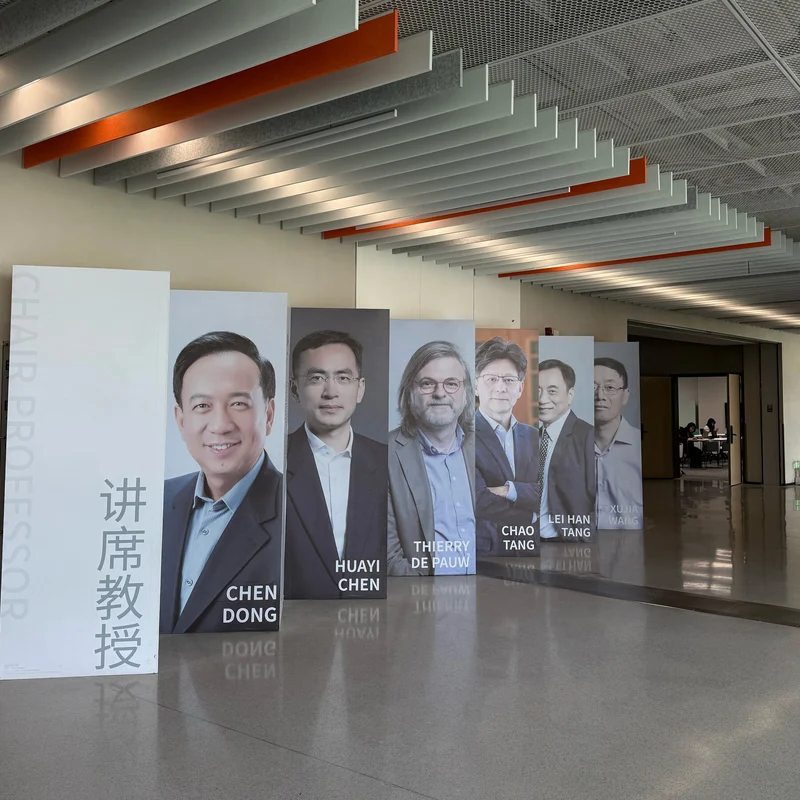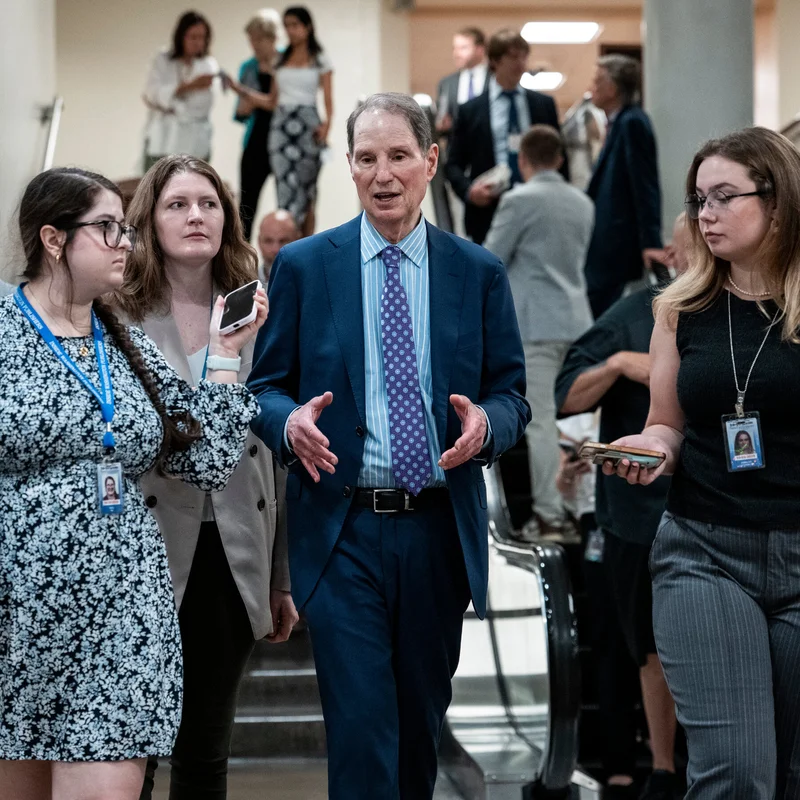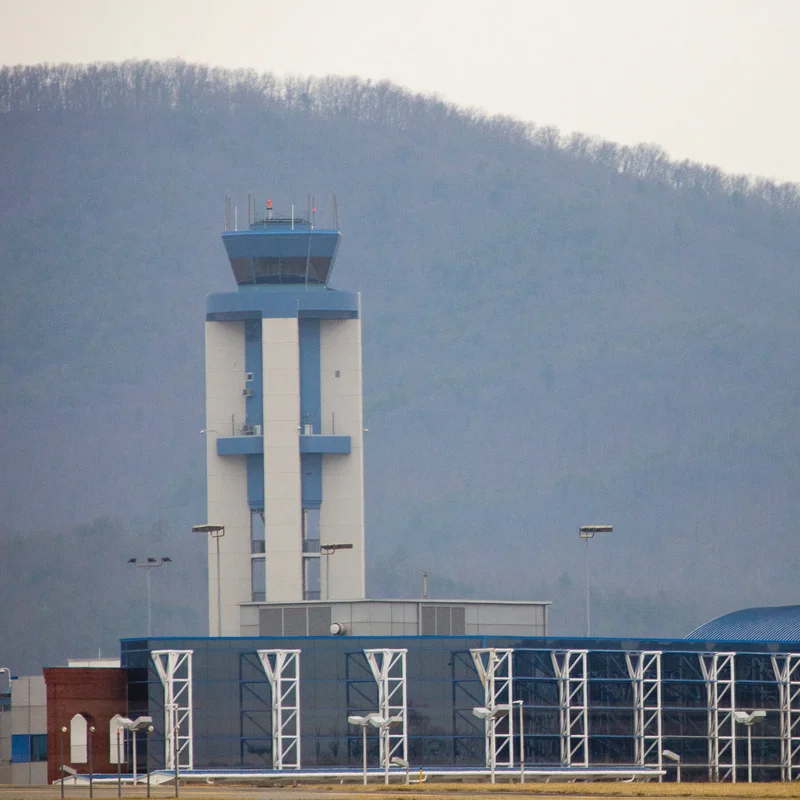In a scene straight out of a corporate sitcom—but very real—three of the world’s most powerful tech and auto executives were spotted sharing a humble meal at a modest fried chicken joint in Seoul. Nvidia CEO Jensen Huang, Samsung Electronics Vice Chairman Han Jong-hee, and Hyundai Motor Group Chair Euisun Chung gathered not for a gala or a boardroom summit, but over crispy Korean fried chicken, cold beer, and side dishes—just hours before unveiling a landmark trilateral partnership .
More Than a Casual Bite: The Chicken That Launched a Mega-Deal
The unassuming eatery, tucked away in Seoul’s Gangnam district, became the unlikely birthplace of a strategic alliance that could reshape the future of AI-driven mobility. Dubbed the Korea AI Mobility Consortium, the new venture will integrate Nvidia’s cutting-edge AI chips, Samsung’s semiconductor and memory technology, and Hyundai’s next-gen electric and autonomous vehicles .
“We wanted to keep it real,” Huang told reporters with a grin, wiping sauce from his fingers. “Great ideas don’t always come from conference rooms. Sometimes they come from chicken wings.”
What the Nvidia-Samsung-Hyundai Deal Actually Means
The partnership centers on co-developing an AI-powered vehicle platform that will debut in Hyundai’s 2027 lineup. Key components include:
- Nvidia Thor chips: Providing up to 2,000 teraflops of AI performance for autonomous driving and in-cabin experiences.
- Samsung HBM4 memory: Ultra-fast, high-bandwidth memory to handle real-time data processing from dozens of sensors.
- Hyundai’s Ioniq AI chassis: A modular EV architecture designed from the ground up for AI integration.
This collaboration positions the trio to directly challenge Tesla, Waymo, and Chinese EV giants in the race toward fully intelligent vehicles.
Why Fried Chicken? The Cultural Strategy Behind the Stunt
Beyond optics, the chicken dinner was a masterstroke in Korean business culture. In Korea, sharing a meal—especially one as communal and informal as fried chicken and beer (a combo locals call “chimaek”)—signals trust, humility, and long-term commitment.
“This wasn’t a photo op,” said Seoul-based tech analyst Min-jae Park. “In Korean business etiquette, eating together like ordinary people is a powerful symbol of unity. It tells employees, investors, and the public: ‘We’re in this together, no egos.’”
Market Reactions and Global Implications
Markets responded swiftly. Nvidia shares rose 3.2% in after-hours trading, while Samsung Electronics and Hyundai Motor Group both saw gains exceeding 2% on the Korea Exchange the following morning .
Analysts believe this alliance could accelerate South Korea’s ambition to become a global hub for AI-integrated transportation, leveraging its strengths in chips, batteries, and automotive manufacturing.
What’s Next for the AI Mobility Trio?
The companies plan to open a joint R&D center in Pangyo Techno Valley by Q2 2026. They’ve also pledged to train 10,000 AI engineers across Korea over the next five years—a move that could spark a regional talent boom.
And yes, the press release confirming the deal included a candid photo of the three leaders mid-laugh, plastic gloves on, holding drumsticks.




